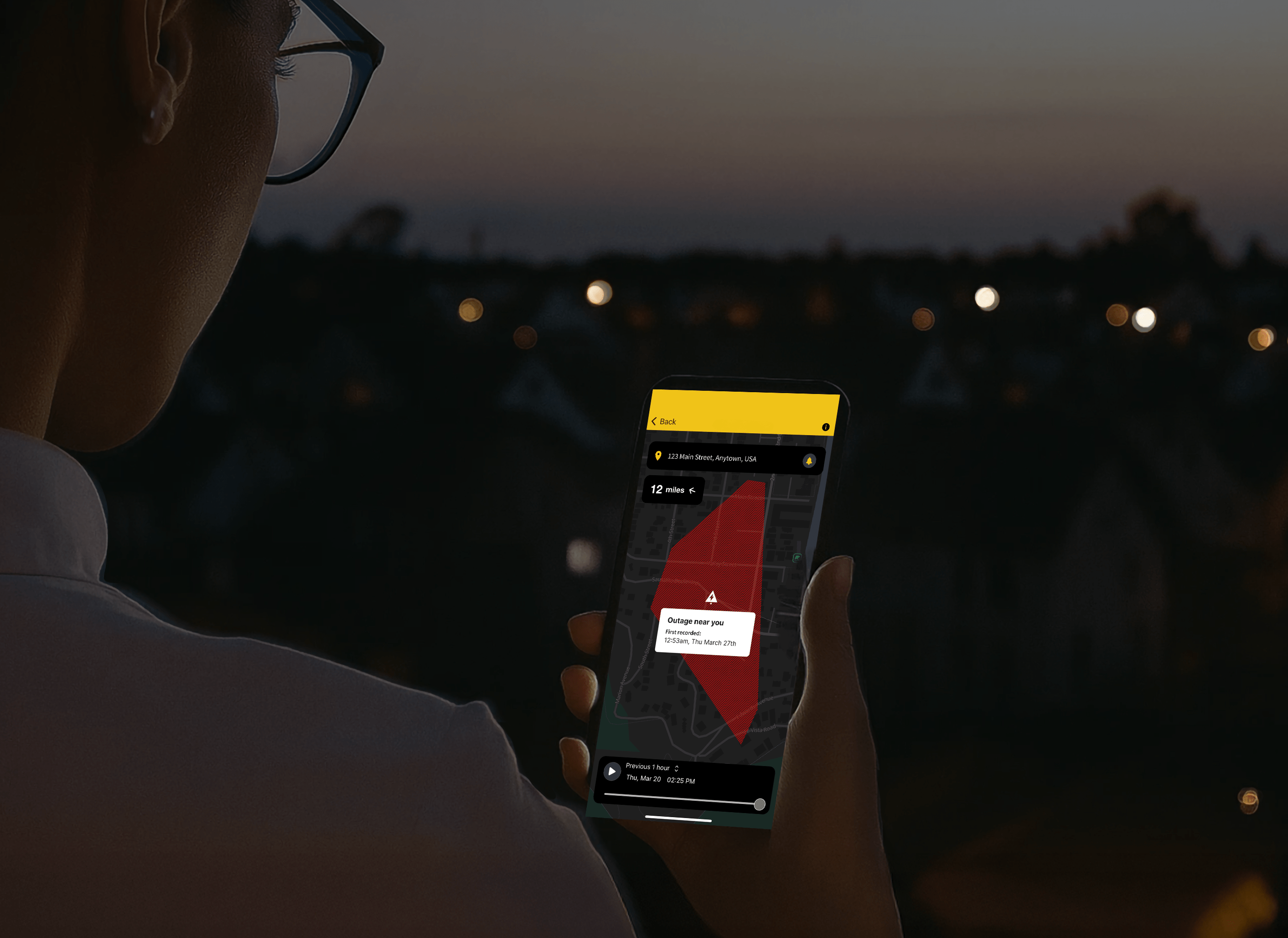Power outages are a growing concern in the US, with increasingly frequent and severe weather events impacting aging power grids. Staying informed during a blackout is crucial, but relying solely on utility companies can be unreliable. Thankfully, a new solution is available: the Ting app. Developed by Whisker Labs, this free app offers a real-time power outage map for the entire US, providing hyperlocal information not readily available through other sources. Utilizing data from a network of over 1.1 million home sensors, the Ting app offers a granular view of outages, helping individuals determine the status of power in their neighborhoods, even before official reports are released. This improved access to information is especially critical for those returning home after an evacuation or those assisting neighbors in need.
The Ting app’s power outage tracking feature leverages the vast network of Whisker Labs sensors already installed in homes across the country. These sensors, designed primarily to prevent electrical fires by detecting micro-arcing, constantly monitor electrical activity. This continuous monitoring, combined with the high density of sensors, allows the app to rapidly identify and pinpoint power outages with remarkable accuracy.
The system’s effectiveness stems from the sheer volume of data it collects. Each sensor performs 30 million electrical measurements per second, allowing it to detect voltage drops before a complete power outage occurs. When multiple sensors within a localized area simultaneously report power loss, the app identifies this pattern as a widespread outage. This approach is far more responsive than methods relying solely on utility company reports, often delayed or inaccurate in the immediate aftermath of a power disruption.
Beyond immediate outage alerts, the Ting app also offers a valuable resource for those returning home after a severe weather event or major power disruption. The ability to quickly check the power status at a specific address provides peace of mind and valuable information to those assessing the safety and accessibility of their homes. This is particularly helpful in disaster situations where communication networks may be overloaded or disrupted, and official information may be slow to arrive.
The Ting app’s development highlights a creative solution to a growing problem. What began as a fire safety precaution has evolved into a community-wide resource, proving the potential of combining readily available technology with a user-friendly interface. The app’s ease of use and real-time data make it a valuable addition to the suite of tools available to those seeking to stay informed during power outages, offering a level of granularity unmatched by existing solutions. The increased frequency of weather-related outages and prolonged blackouts underscores the need for tools like the Ting app to help communities navigate the challenges of power disruptions.
In conclusion, the Ting app represents a significant advancement in how Americans can track and stay informed about power outages. Leveraging a network of smart home sensors, it provides real-time, hyperlocal data surpassing the capabilities of traditional methods. Its free availability and user-friendly interface make it accessible to everyone, providing an essential tool for navigating the increasingly common challenges of power disruptions and the aftermath of severe weather events. As climate change continues to impact our infrastructure, resources like the Ting app will become increasingly vital in ensuring community safety and resilience.

